Here’s where New York City’s sewage really goes
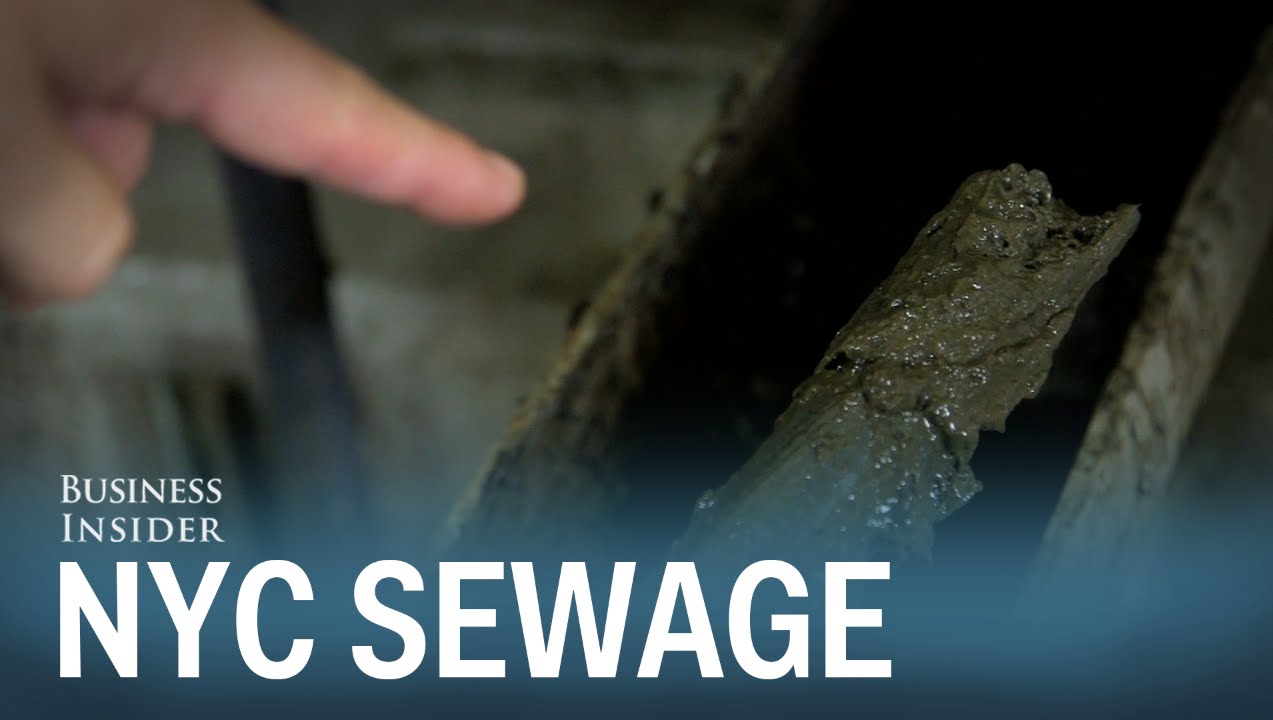
New York City is home to 8.4 million waste-producing people; that’s a lot of toilets, drains, and sewers.
It takes 14 wastewater treatment facilities scattered throughout the five boroughs to clean up all of our dirty water.
We visited the largest facility, the Newtown Creek Wastewater Treatment Plant in Greenpoint, Brooklyn, to see how the water is treated. It’s a dirty job that surprisingly smells great.
What happens to the solid waste or sludge after it has been treated in the wastewater treatment plants?
Here’s Where New York City’s Sewage Really Goes: A Formal Account
New York City, one of the most populous cities in the world, generates an enormous amount of sewage every day. As the city continues to grow, so does its waste, and proper disposal becomes increasingly crucial. The sanitation department of the city is responsible for managing and treating the wastewater before releasing it into the environment. But, have you ever thought about where New York City’s sewage really goes?
The answer might surprise you. After the sewage leaves your toilet, it travels through underground pipes to one of the fourteen wastewater treatment plants located throughout the city. Once there, the sewage goes through a rigorous treatment process to remove any harmful substances and minimize the environmental impact.
The wastewater treatment plants operate in different stages to ensure optimal efficiency. The primary treatment includes removing large debris and settling solids by slowing the flow of water through large tanks. Once the water passes through this primary process, it moves to a secondary treatment stage that utilizes bacteria to break down organic compounds.
After the secondary treatment, treated water undergoes further disinfection with ultraviolet light or chlorine gas to eliminate any harmful pathogens. The final stage is to remove nitrogen and phosphorus compounds, which can cause damage to the marine environment. The treated water is then discharged into the ocean or rivers, depending on the location of the wastewater treatment plant.
The treated water is not only safe to the environment, but it is also a vital source of nutrients for the aquatic ecosystem. The outflow of treated wastewater is carefully monitored to ensure that it meets the standards set by regulatory agencies such as the State Department of Environmental Conservation and the Environmental Protection Agency.
But what about the solid waste? After treatment, the solid waste – also known as sludge – is transported to facilities where it undergoes additional treatment processes to convert it into biosolids. Biosolids are safe, nutrient-rich organic materials that are suitable for use as fertilizers, compost, and soil amendments.
While wastewater treatment is an excellent solution for proper disposal of sewage, it’s crucial to recognize the importance of reducing wastewater generation. Practicing water conservation is the most effective measure we can take to reduce the volume of wastewater entering the system.
In conclusion, the sewage generated in New York City undergoes a thorough, multi-stage treatment process to ensure that the wastewater is safe for the environment, and its solid waste becomes a useful resource. The wastewater treatment facilities are essential for maintaining public health, protecting the environment, and sustaining the city’s growth. It is crucial to appreciate the sophisticated and effective wastewater treatment system which deserves our attention and recognition.
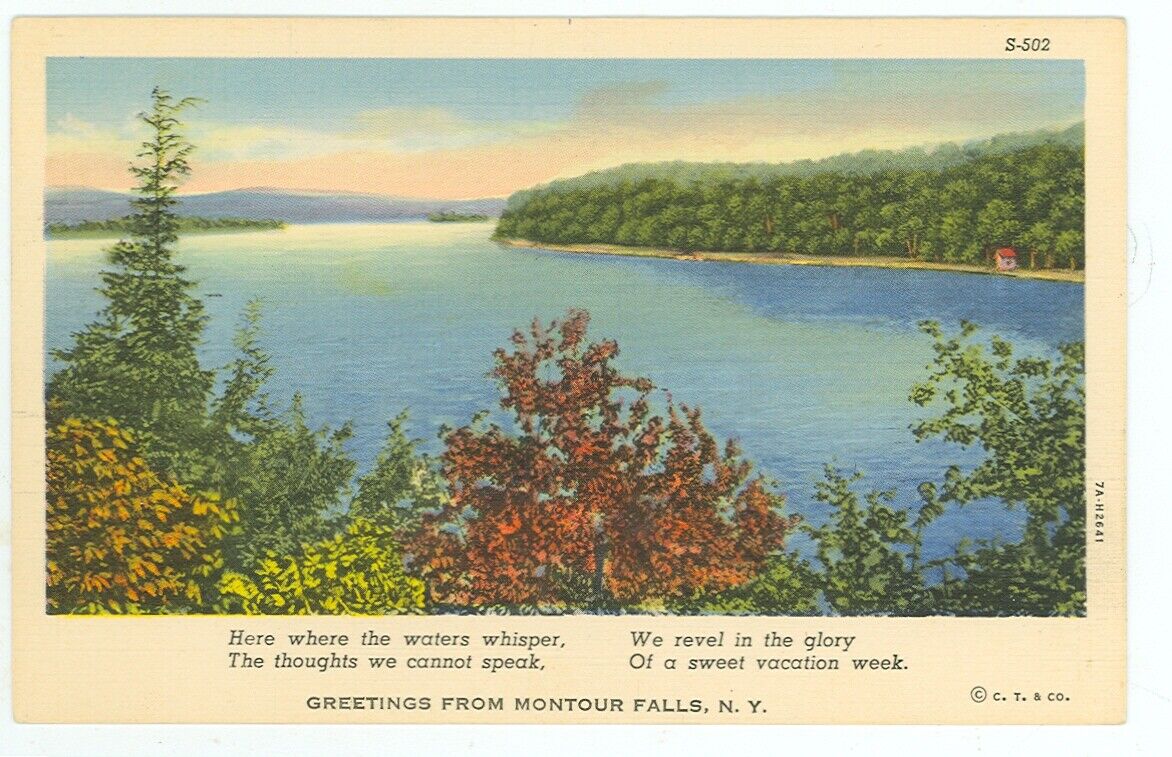


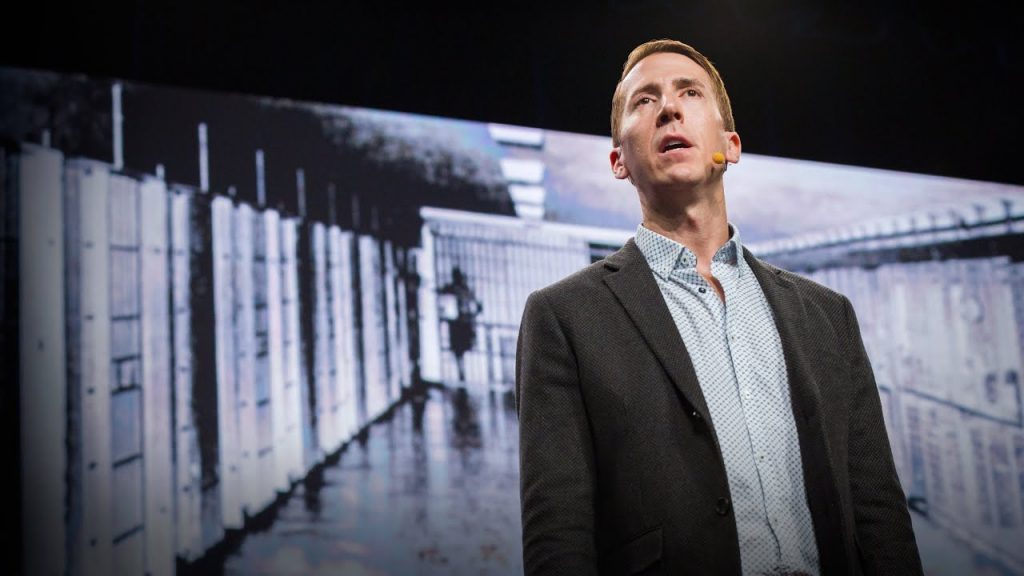
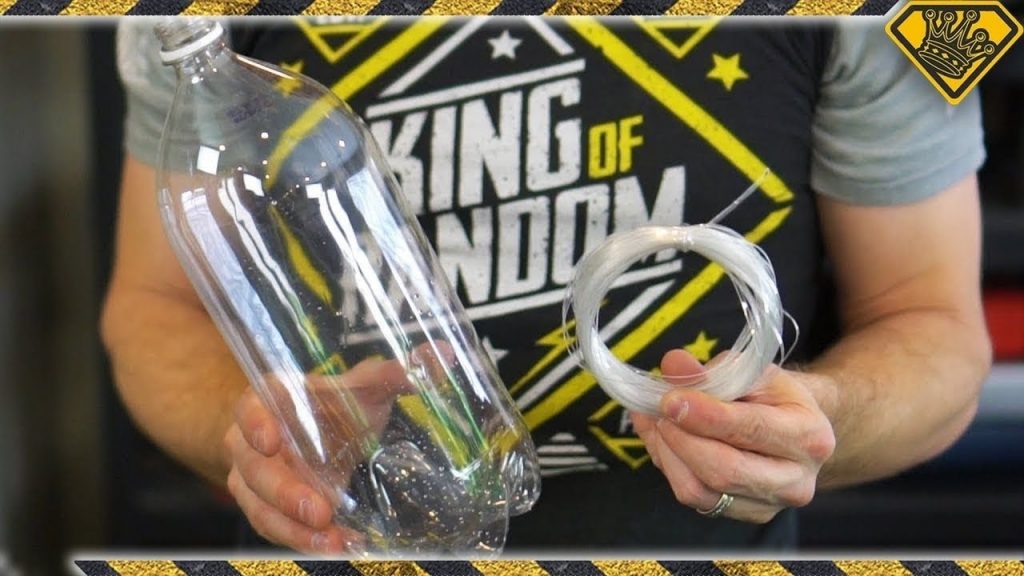
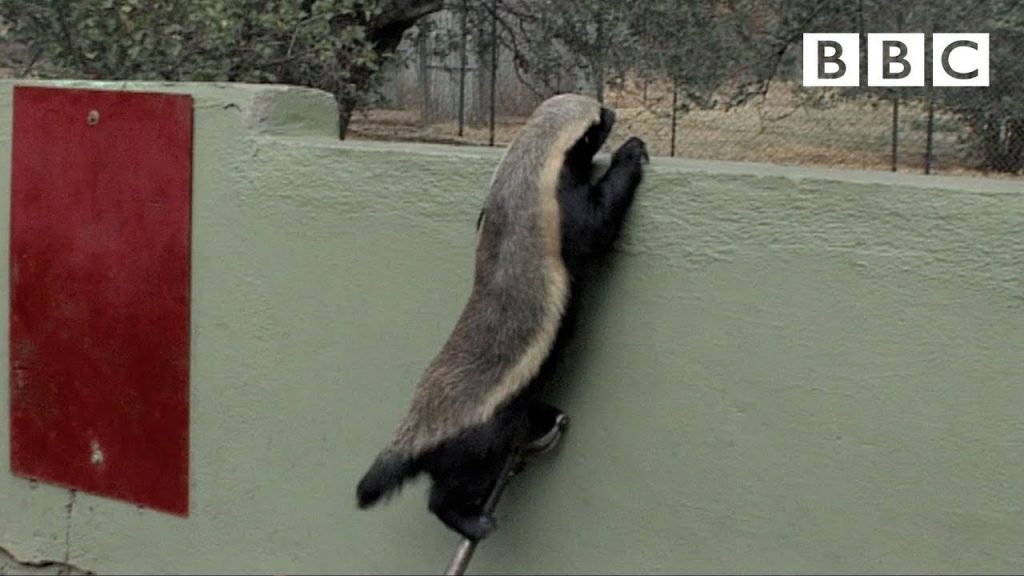


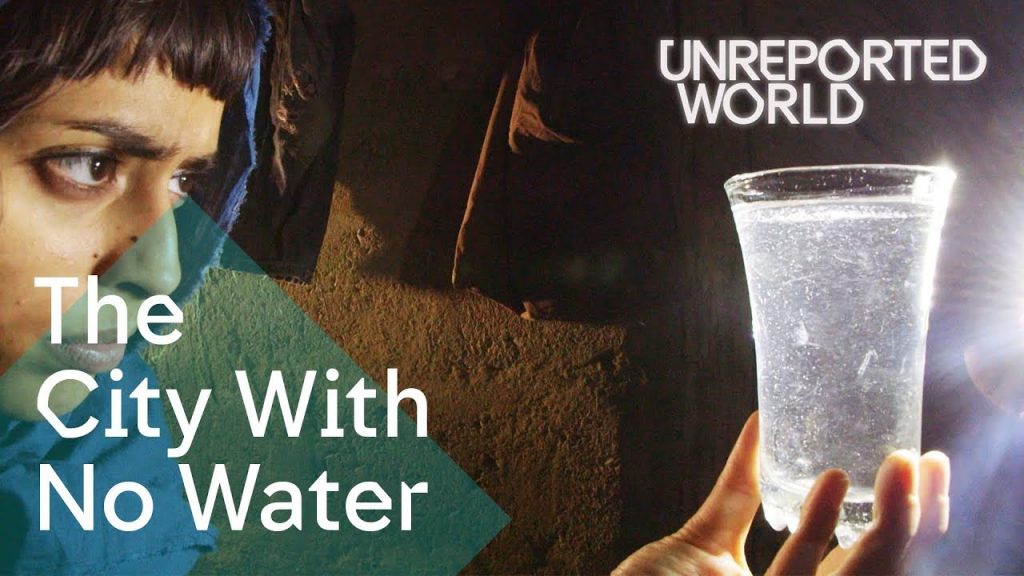

What’s Buried Beneath Hawaii’s Busiest Cliff?
Step Inside Australia’s Underground Homes
Driver Ants Eat Slug Alive
Milan Fashion Week – Fall/Winter 2019
What I Eat In A Day (how i got my abs) | RENEE AMBERG